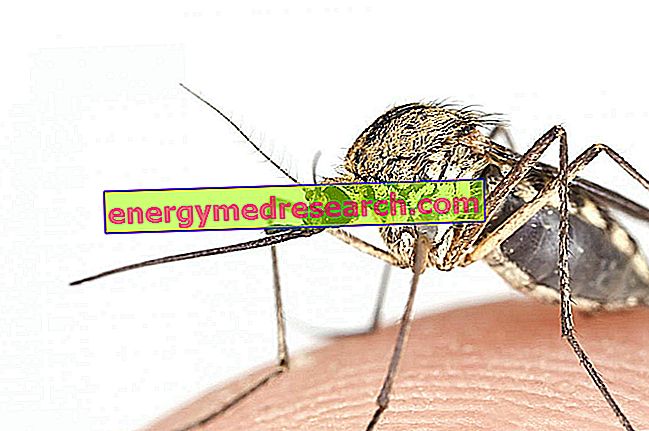
Rift Valley fever is a widespread viral disease in sub-Saharan Africa and recently appeared in the Arabian peninsula. The causative agent is a Phlebovirus belonging to the Bunyaviridae family, transmitted to humans by various species of mosquitoes and other bloodsucking insects (such as ticks and sand flies) or through contact with blood, organs or secretions of infected wild or farm animals ( such as cattle, buffalo, sheep, goats and camels). This direct exposure can occur during slaughter or through veterinary procedures. Some professional groups, such as pastors, farmers, slaughterhouse workers and veterinarians, are therefore at a higher risk of infection. Another possible mode of contagion is the inhalation of aerosol in which the virus is dispersed (it concerns above all health workers and laboratory workers). Environmental factors, particularly heavy rainfall and flooding, seem to be an important risk factor for epidemics .
After an incubation period of 2-6 days, Rift Valley fever can occur with different clinical pictures. More commonly, a mild flu-like form occurs with fever, generalized weakness, back pain and liver enzyme abnormalities. Typically, healing occurs spontaneously in about 2-7 days from the clinical onset. However, a small percentage (8-10%) of infected people develop encephalitis, complications in the eye (retinitis) and, very rarely, hemorrhagic manifestations. The mortality rate varies widely among the different epidemics, but, overall, it is documented around 1% of the cases.
No specific treatments or vaccines are available for human use; for the most serious cases, therefore, the therapy is of general support. In areas affected by Rift Valley fever epidemics, veterinary vaccines for livestock immunization have been prepared. At the individual level, on the other hand, the prevention of the disease is mainly based on the protection measures against mosquito bites.



